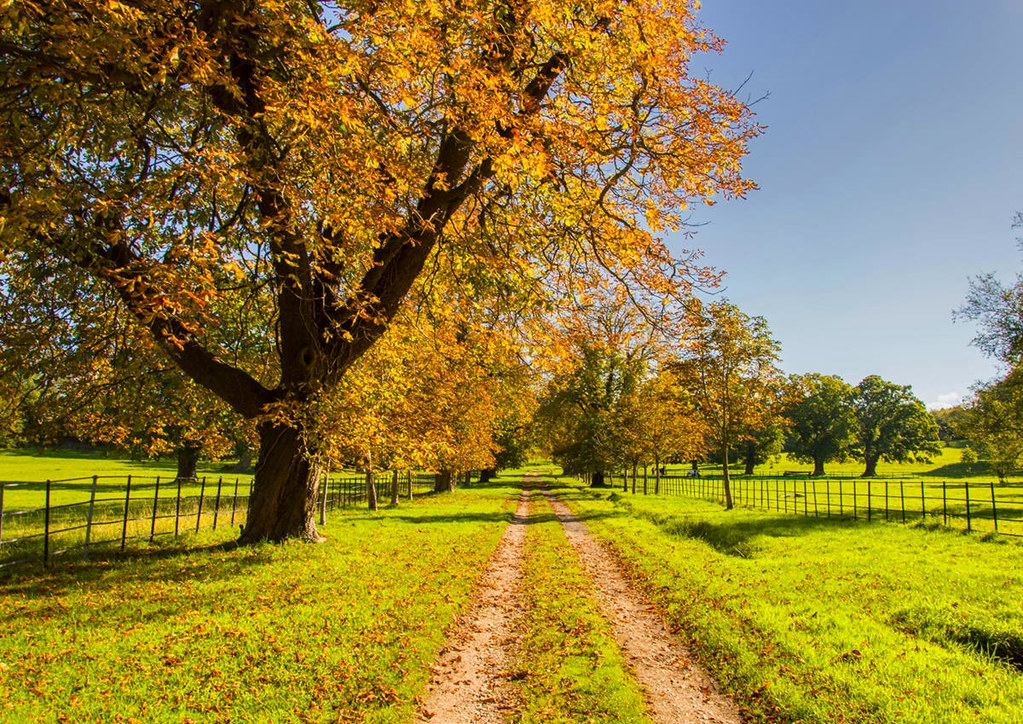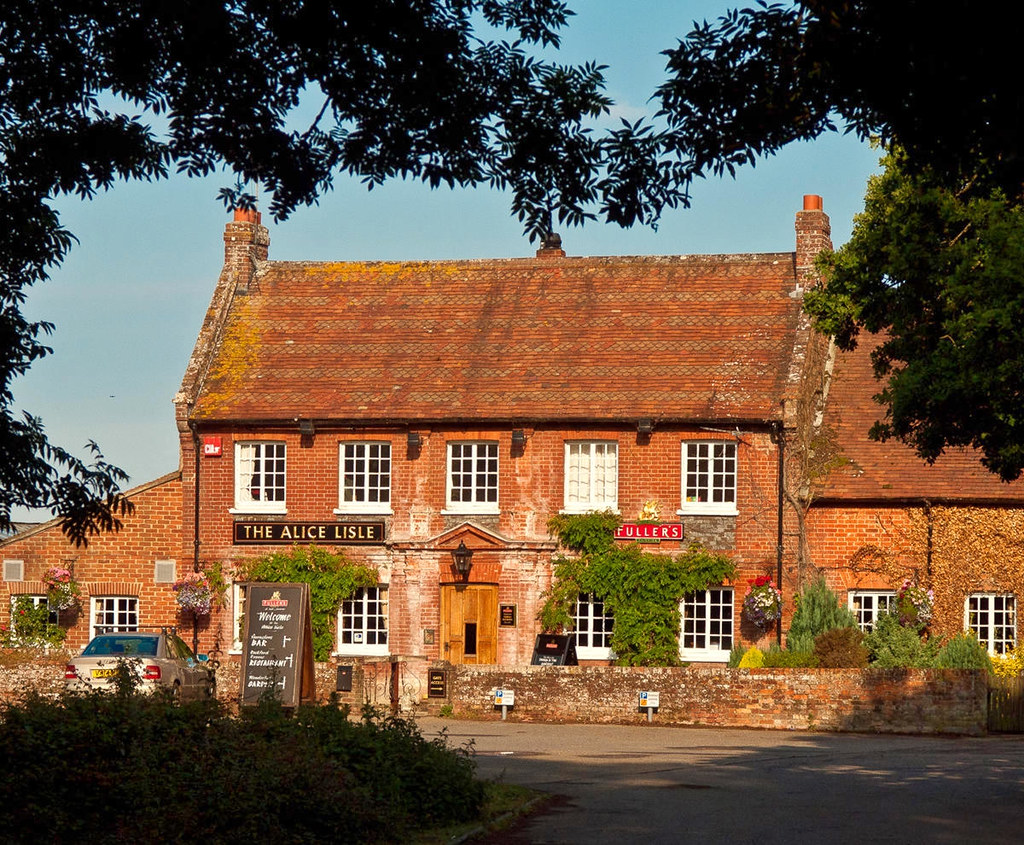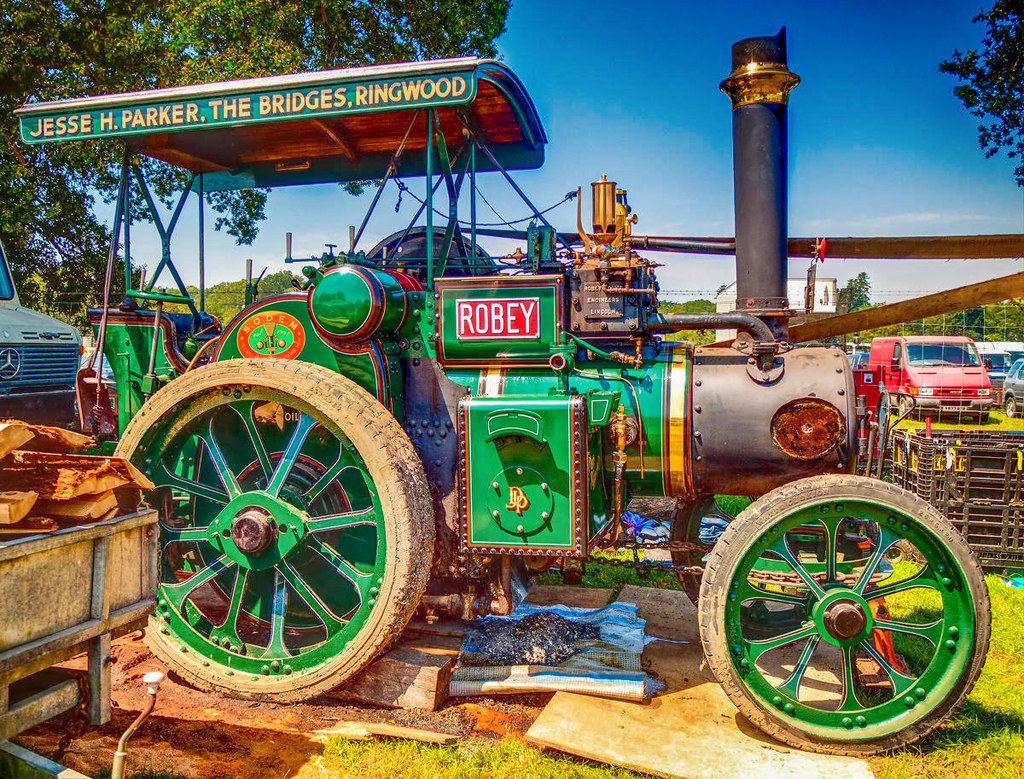Imagine a land where wild horses roam free, where deer forage in ancient woodland and fox cubs play on open fields.
Welcome to the New Forest—a vast region of southern England spanning the counties of Hampshire, Wiltshire, and parts of Dorset.
A land of untamed beauty.
Of pastures, heathland, and ancient woodland, dotted with delightful villages, churches, and country houses.
Join us as we explore the New Forest.






History
Prior to the Norman Invasion of England, the area was colonised by the Jutes from the Jutland Peninsula of what is now Denmark and Northern Germany.
Following the Norman Conquest, King William I, commonly known as William the Conqueror, designated the land as a royal forest, reserved for the private use of the King and invited aristocracy.
Created at the expense of over 20 small hamlets and farms, it was a “new” area and the only forest described in detail in the ancient Domesday Book’s “Great Survey”.

Mysteriously, two of William the Conqueror’s sons died in hunting accidents in the New Forest.
Folklore has it that the deaths were punishment for William evicting locals from his newly acquired lands.
Richard of Normandy, his second son, died in around 1070, while his younger brother, William would suffer a similar fate 30 years later.

Struck by an arrow from one of his own men while hunting in August of 1100, King William II of England died in suspicious circumstances, leading to speculation of murder.
Historian Frank Barlow described King William II as:

Marking the spot where the king was shot, the “Rufus Stone” bears the following inscription:
William’s brother Henry was among the hunting party that day and succeeded him as King.
Abanding his brother’s body, he rode straight for Winchester—then the capital of England—to seize the treasury and elect himself King.
Rights of Common
Ancient “rights of common” have allowed local inhabitants to turn horses and cattle out into the forest’s common pasture to graze.

Between September and November, pigs can roam freely to forage for fallen acorns and beechnuts.

New Forest ponies are typically not shy and can be bold enough to seek out a treat.



Wildlife
Abundant with diverse species of wildlife thanks to well-preserved lowland habitats—wetlands, heaths, and deciduous woodland—you’re sure to see some beautiful creatures including several deer populations, of which fallow deer is the most common, but also roe deer, red deer, sika deer, and muntjac.

If you’re lucky, you may see this fine bird of prey—the Northern Goshawk—before it sees you.

And the pretty Dartford Warbler can be spotted flitting around the gorse.

New Forest National Park
Covering about 120 square miles, the New Forest’s National Park and Site of Special Scientific Interest is the largest contiguous area of unsown vegetation in lowland Britain.







Villages and Historical Buildings
As eclectic as it is beautiful, the New Forest district is filled with pretty villages and historical buildings yearning to be explored.
Founded by King John in 1203, Beaulieu Abbey was occupied by 30 monks sent from the Cîteaux Abbey, the mother house of the Cistercian order.
Granted a rich endowment and lands in the New Forest, Beaulieu Abbey became very wealthy, with a scale and magnificence befitting its royal foundation until it was dissolved by Henry VIII in 1538 and fell into ruin.


Once the gatehouse to Beaulieu Abbey, Palace House became the ancestral home of the Mantagu family when it was bought from the Crown following the dissolution of the abbey.
Extended in the 16th and 19th centuries, it is a superb example of a Gothic country house and reputedly one of the most haunted places in Britain.

Sir Arthur Conan Doyle, the author of the Sherlock Holmes novels, conducted séances at Palace House and it is claimed he made contact with a ghost.
Reportedly sighted walking through walls and making a lot of noise in the private apartments, a lady in blue is believed to be the ghost of the Countess of Beaulieu, Lady Isabella, who died in 1786.



Founded in 1952 by Edward Douglas-Scott-Montagu, 3rd Baron Montagu of Beaulieu, as a tribute to his father, who was one of the great British automobile pioneers, the National Motor Museum is hosted in the village of Beaulieu.

Filled with around 250 vehicles from the late 19th century through decades of motoring history, the museum also features an exhibit of James Bond cars and a special Top Gear exhibit.

Noted for its fine collection of paintings and furniture, Breamore House is an Elizabethan manor house in Fordingbridge in the New Forest District of Hampshire.
Completed in 1583 by the Dodington family, it was purchased in the 18th century by Sir Edward Hulse, physician to Queen Anne and Kings George I and George II.
It was used as one of the locations for the 2005 film Pride & Prejudice.

Nearby is the parish church of Saint Mary, known for its Anglo-Saxon rood and intriguing historical details such as a Puritan-inspired plaque warning patrons to “Avoid Fornication”.

With its cobbled streets, pretty whitewashed Victorian and Georgian buildings, and proximity to the New Forest, Lymington is a popular tourist destination.
Derived from Old English words “tun” meaning hamlet and “limen” meaning elm tree, Lymington’s history dates back to the Anglo-Saxons.
Lymington also runs a ferry service to the Isle of Wight.

In the countryside north of Lymington, beautiful villages like Boldre and Brockenhurst dot the landscape, once described by author and naturalist William Henry Hudson as “‘a land of secret, green, out-of-the-world places”.





Held annually at the end of July, the New Forest Agricultural Show has been running since 1921 and promotes the development of agriculture, forestry, equestrianism and horticulture in the region.

Attending in 2012, Her Majesty the Queen and His Royal Highness The Duke of Edinburgh honoured the Show as one of the country’s top ten agricultural Shows, attracting almost 100,000 people over three days.
All that hard work soaking up the gorgeous scenery and atmosphere may make you thirsty and the New Forest doesn’t disappoint, with dozens of old pubs to choose from—as long as you don’t mind the local fauna waltzing by now and then.



The New Forest is a place to experience a way of life that’s been preserved for centuries.
Or a place to find peace and solitude.
Just you, the wind, and the wilderness.


